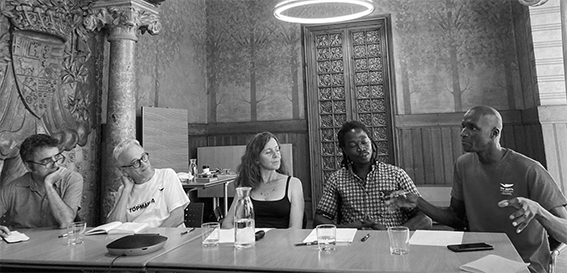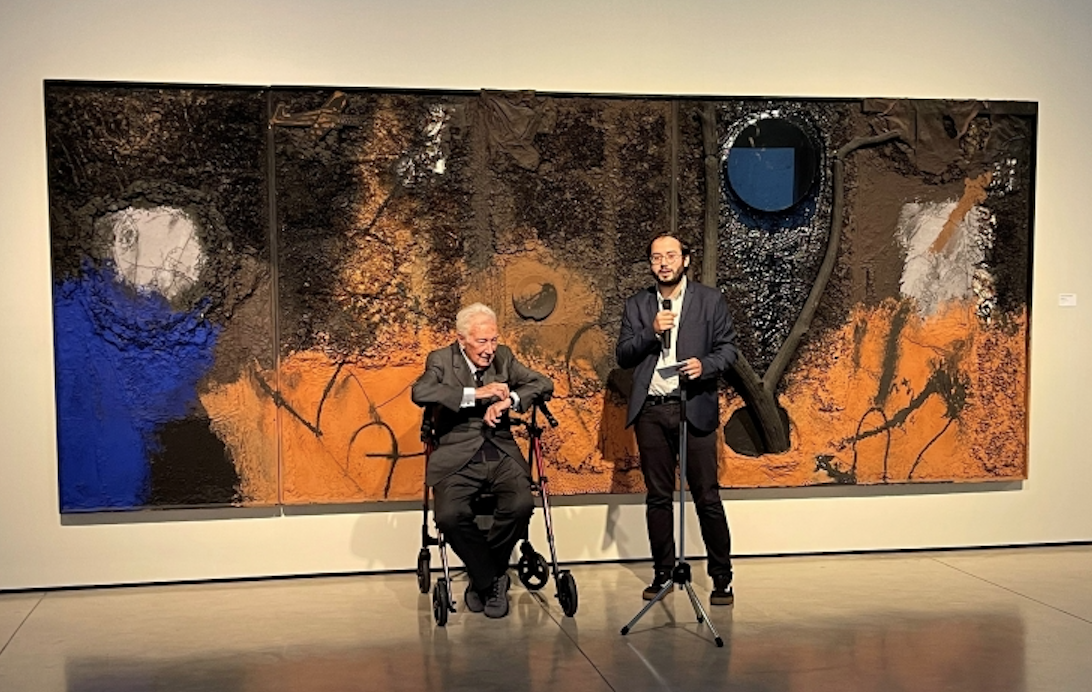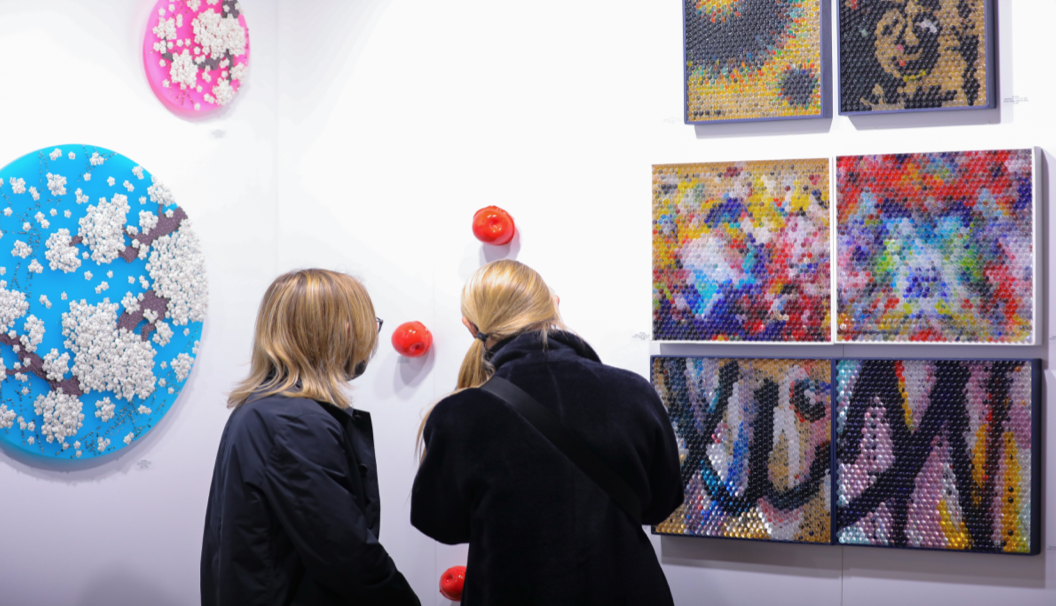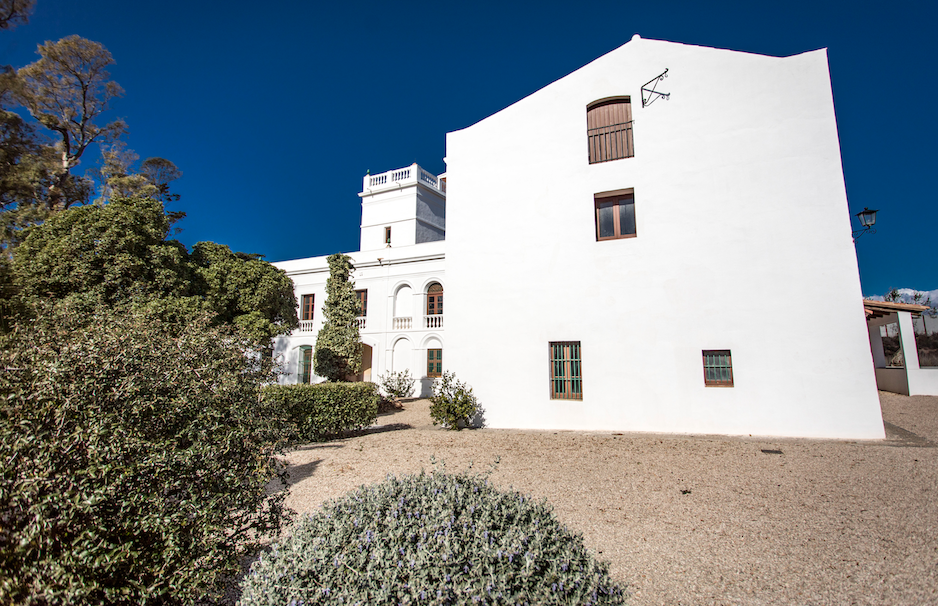Exhibitions
Ilse Bing at the Mapfre Foundation. From formal innovation to social awareness
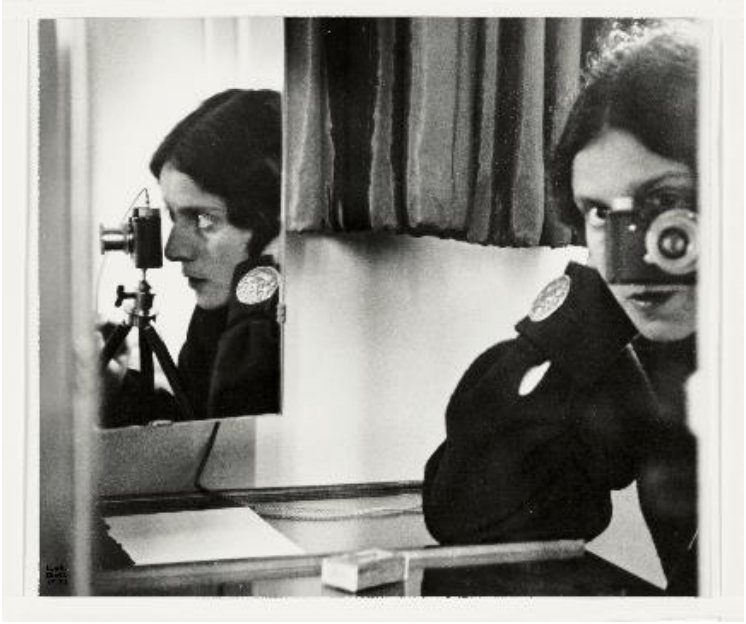
From September 23, 2022 to January 8, 2023, the Mapfre Foundation presents the photographic work of Ilse Bing in an exhibition, curated by Juan Vicente Aliaga, composed of 190 photographs in addition to documentary material and structured around ten sections: "Discovering the world through a camera: the beginnings", "The life of still lifes", "The danced body and its circumstances", "Lights and shadows of modern architecture", "The bubbling from the street: the French years”, “The seduction of fashion”, “United States in two stages”, “Self-image revelations”, “Portrait of time” and “Living nature”, which take a chronological route and thematic for the artist's career.
Ilse Bing (Frankfurt, 1899-New York, 1998) was born into a wealthy Jewish family. In 1929, and after discovering his vocation while preparing the illustrations for his thesis, he left the university to devote himself entirely to photography. He would do so for the next thirty years, in an exciting artistic and life trajectory. In 1930 he moved to Paris, where he combined his dedication to photojournalism with personal work, becoming in a short time one of the main representatives of the renewing trends in photography that emerged in the cultural effervescence of Paris those years Faced with the advance of Nazism, in 1941 she went into exile in New York with her husband, the pianist Konrad Wolff. Two decades later, at the age of sixty, she gave up her work as a photographer and directed her creativity to visual arts and poetry until her death in 1998.
His work is influenced by Das Neue Sehen (the New Vision) of Moholy-Nagy, by the Bauhaus of the Weimar Republic, and by André Kertész, as well as by the surrealism of Man Ray. As the curator of the exhibition, Juan Vicente Aliaga, points out: "the position in which Bing is placed escapes any strict rule or visual orthodoxy. In this sense, it can be affirmed that we are dealing with a look and a conception of the quite unique photography in which modernity and formal innovation go hand in hand with a humanist temperament in which a social conscience is born." Ilse Bing belonged to a generation of photographers who, for the first time, achieved some visibility in the world of arts and culture, including Germaine Krull, Florence Henri, Laure Albin-Guillot, Madame d'Ora, Berenice Abbott—who Fundació MAPFRE dedicated an exhibition in 2019—, Nora Dumas and Gisèle Freund.
Pictured: Ilse Bing. Self-portrait with Leica [Self-portrait with Leica], 1931. Collection of Michael Mattis and Judith Hochberg, New York © Estate of Ilse Bing Photograph: Jeffrey Sturges





